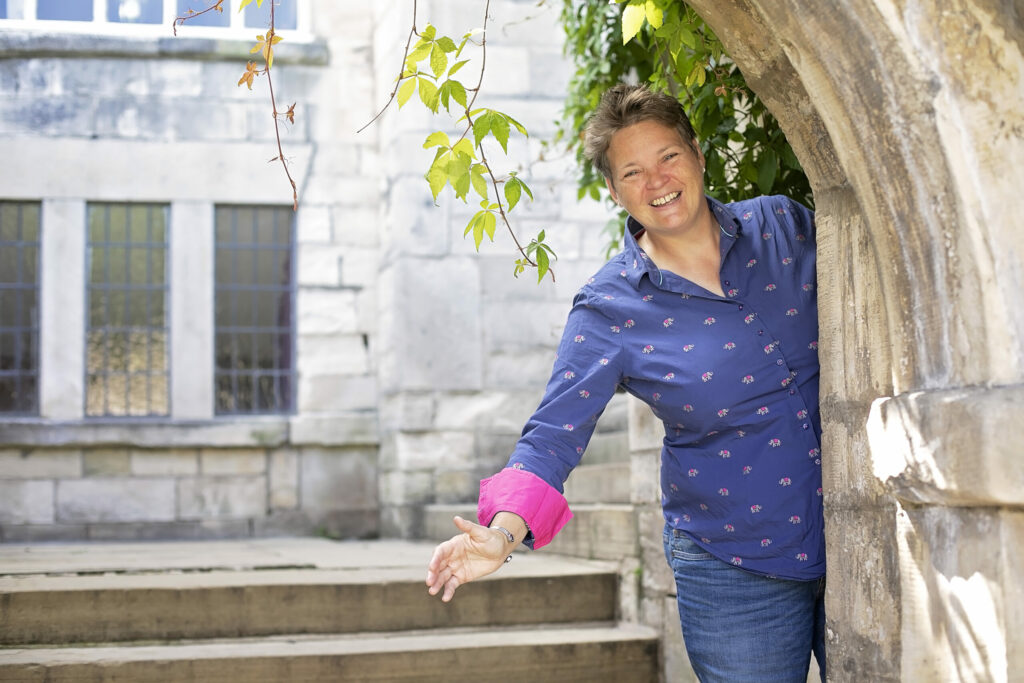When it comes to positioning yourself against your competitors, are you happy to play it safe and follow the herd, or do you want to break away? If you want to stand out from the competition, then you need to include ‘brand differentiation’ in your marketing strategy.
That might sound like a technical concept, but it’s really quite simple – it’s about making sure that your business has something different to offer its customers. Something that is valuable to the target market because it solves a problem or improves their world.
In this blog, I’ll look at all the ways in which you can set yourself apart, along with some examples of businesses that are already doing it really well.
How do you differentiate your business?
There are lots of ways to mark yourself out as different in a crowded marketplace, and the most obvious of these is product differentiation. If what you’re selling has better features, is more effective, or lasts longer than anything else out there, then you’re in a great place to convince customers that yours is the only product for them.
Better service, cheaper prices, and more distribution channels are all ways in which you can give your business a competitive advantage. With all this, it’s easy to forget that one of the most effective ways to stand out is by harnessing the power of your brand. What you say and how you say it is just as important as the product/service you’re promoting.
Image/brand differentiation
Your brand is the way you communicate your value proposition (the promise you make to your customers about what your product/service will do for them). Your branding toolkit includes:
- logos
- colours
- fonts
- packaging
- signage
- imagery
- voice
- strategy
These things should consistently reflect your brand values and personality. Every time your business is seen or heard, you have the chance to remind your customers why you are different.
Take Lush, as an example, this UK cosmetics brand sells natural products that are ethically sourced and handmade. Their ethos is summed up in the following statement:
“We believe in happy people making happy soap, putting our faces on the products and making our mums proud”
Among other things, their guiding principles include never testing on animals, always using vegetarian ingredients, and diversity and inclusion for staff and customers.
By clearly and consistently using their brand to communicate with their target market, they have attracted customers with the same values. This has secured them a unique place in a highly competitive industry.
The customer experience and the forgotten ‘P’
The customer journey is filled with opportunities to give your target market a stand-out experience. How you make your customers feel is a big part of your brand offering and a key point of difference, especially if you’re offering a similar product/service to your competitors.
Nespresso is a great example of a business who do this well. The Swiss-based company (part of the Nestlé group) sells single-use, premium coffee capsules that are made from aluminum and hermetically sealed to stop the coffee from degrading.
They promise their customers ‘the finest coffee in the world” and this value proposition comes through in everything they do. From pricey-looking packaging to exclusive stores, Nespresso isn’t just selling coffee, it’s offering customers a ‘high-end’ experience.
The ‘physical’ principle of marketing is often overlooked, but it can be incredibly powerful.
Most coffee manufacturers sell their products in supermarkets where they have little control over the customer experience. Nespresso made the decision to open its own premium stores where customers can try the coffee – a worthwhile move.
Storytelling as a differentiator
Why did you start your business, what drives you to get out of bed every morning, and what do you want to achieve? Sharing your story is a great way to engage your customers on a deeper level and reveal the personality behind your business.
Your story is inherently different from anyone else’s because it’s unique to you, so by leveraging it you’ve already got yourself a point of brand differentiation.
Happy Socks, for example, was started in 2008 by a Swedish advertising executive (Mikael Söderlindh) and his graphic designer friend (Viktor Tell). They manufacture socks – not a particularly new concept you might think, but their story sets them apart.
The two friends are on a mission to spread happiness and colour around the world with vibrantly designed socks and underwear (their motto is “All play. No work”).
Their story features sock scientists and a sock factory – it’s quirky and fun, and it perfectly reflects their brand’s personality. What’s more, it’s earned them a loyal fan base, and they now sell more than 20 million pairs of socks every year in 90 countries.
What makes Make a Brew different?
If we’re talking about brand differentiation, then I can’t finish this blog without mentioning what sets me apart from my competitors. I’ve got over 24 years experience in branding, digital marketing, and graphic design, but the most important thing to know about me is that I’m not formal or stuffy in anyway at all. In fact, that’s why I called my business ‘Make a Brew’.
I’m from Yorkshire in the North of England, and if you don’t already know, ‘a brew’ is a cup of tea. When I meet clients for the first time (or people I’m hoping to become clients), we sit down and talk about their business over a cup of tea. For me a good conversation is the best way to get to know people – it’s where great ideas spring from. People describe me as ‘determined’ and ‘creative’, which I like to think are two great assets for helping people achieve their business and marketing goals. Brand differentiation is an important part of this and it’s an area I’m really enthusiastic about. For advice on how to use your brand to stand out from the crowd, get in touch and let’s have a brew.

